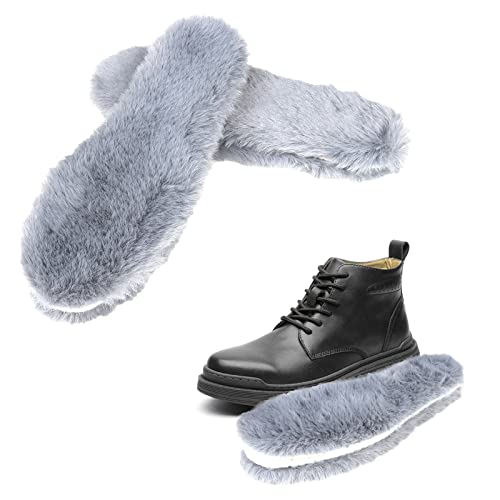It seems like the velveteen kits have swollen lymph nodes throughout their bodies. I can fell some near their hips, behind their forearms, and behind their jaws.
(At least, I now know they are lymph nodes)
Since I do not believe they have a pathogen, like tularemia, that can cause swollen lymph nodes...I suspect a genetic condition, perhaps Lymphoma.
None of my meat rabbits have ever had these problems. I would know. I eat 99% of what I produce, and tend to look over everything very closely.
There has been one kit in each of my past litters with a similar condition. This time, 5 out of 6 of my current v-lop kits have multiple swollen lymph nodes. I have it connected to the "fading" I sometimes experience with them. This batch isn't struggling with digestion, but they are growing very, very slowly.
That makes for 3 different bucks, from 3 different states (PA, OH, and IN)
And some amount of sick kits in each litter for a condition I believe to very likely genetic.
I'm aware that my doe's mother died from what a vet decided was a "nutrient deficiency" disease. They had her on some kind of shot...I don't know. Never got the whole story, but the doe died despite veterinary care.
I've decided that I'm going to euthanize this batch of potentially suffering kits and put Mucky into permanent retirement.
She is, thankfully, in good health and a wonderful pet. It's unfortunate that I will not be able to make more bunnies like her for others to enjoy.
Anyway, I was hoping that I could donate the kits to a veterinary school to possibly help further research (or at least fuel some interest) in furthering study of rabbit diseases. Maybe even get lucky and get some feedback.
Unfortunately, all I can find online is anti-dissection propaganda.
Does any one know of a program that might accept dissection specimens?
(At least, I now know they are lymph nodes)
Since I do not believe they have a pathogen, like tularemia, that can cause swollen lymph nodes...I suspect a genetic condition, perhaps Lymphoma.
None of my meat rabbits have ever had these problems. I would know. I eat 99% of what I produce, and tend to look over everything very closely.
There has been one kit in each of my past litters with a similar condition. This time, 5 out of 6 of my current v-lop kits have multiple swollen lymph nodes. I have it connected to the "fading" I sometimes experience with them. This batch isn't struggling with digestion, but they are growing very, very slowly.
That makes for 3 different bucks, from 3 different states (PA, OH, and IN)
And some amount of sick kits in each litter for a condition I believe to very likely genetic.
I'm aware that my doe's mother died from what a vet decided was a "nutrient deficiency" disease. They had her on some kind of shot...I don't know. Never got the whole story, but the doe died despite veterinary care.
I've decided that I'm going to euthanize this batch of potentially suffering kits and put Mucky into permanent retirement.
She is, thankfully, in good health and a wonderful pet. It's unfortunate that I will not be able to make more bunnies like her for others to enjoy.
Anyway, I was hoping that I could donate the kits to a veterinary school to possibly help further research (or at least fuel some interest) in furthering study of rabbit diseases. Maybe even get lucky and get some feedback.
Unfortunately, all I can find online is anti-dissection propaganda.
Does any one know of a program that might accept dissection specimens?






























